
Star Parties

Star Parties at Hyderabad
I joined various Astronomy groups at Hyderabad and I found myself a mentor, Mr. Tarun who walked me through the initial process of capturing and processing celestial objects. As a group, we have identified spots outskirts of Hyderabad where there's less of Light pollution.
Some pictures of our Star Parties
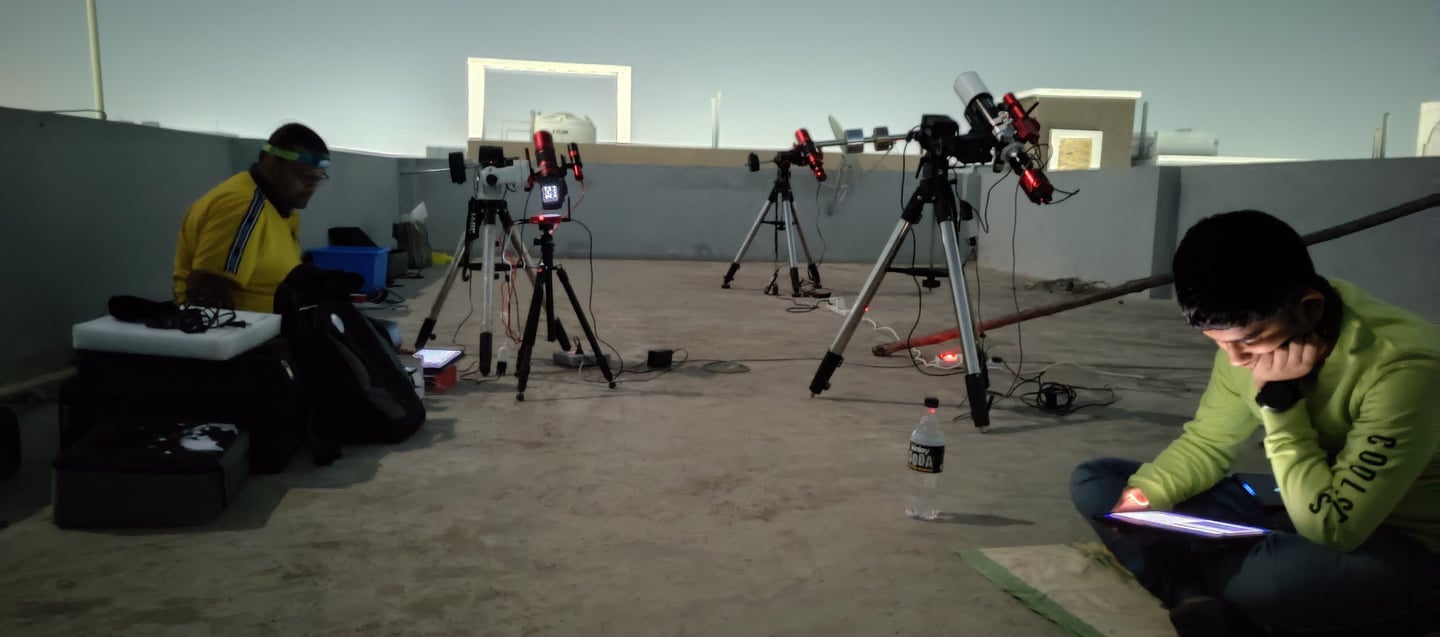

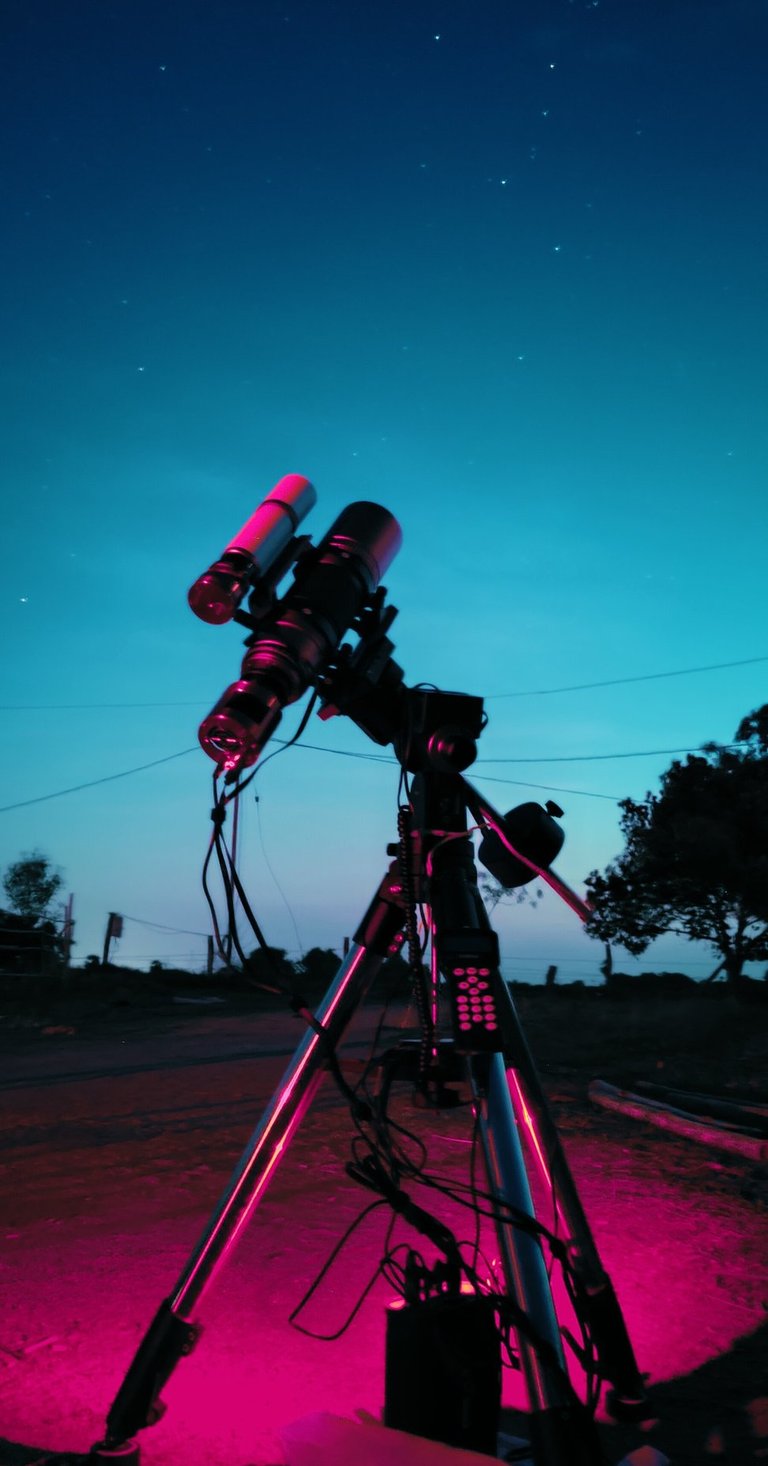

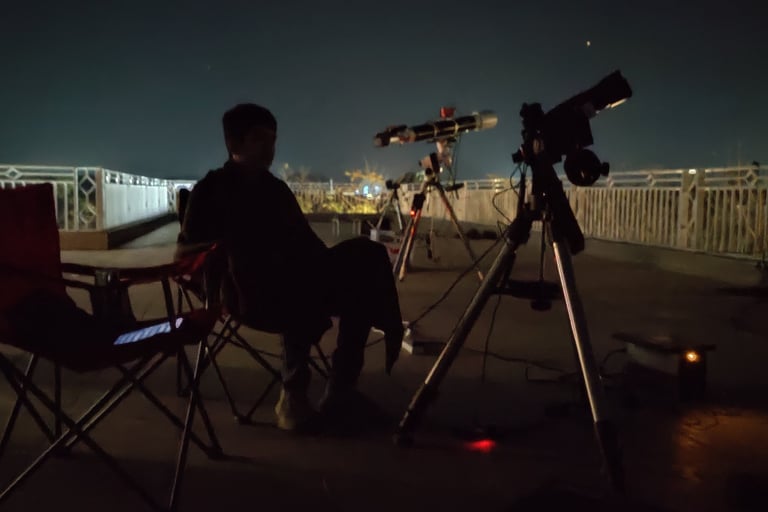


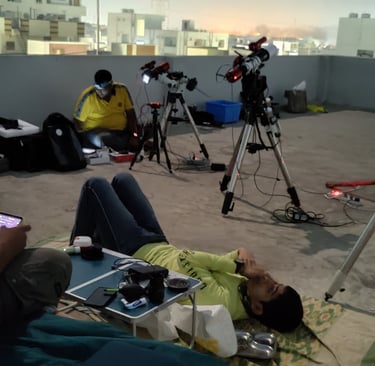
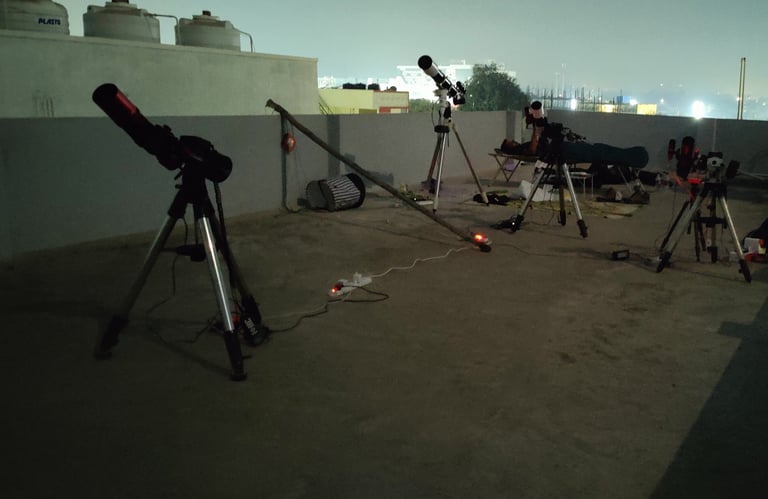

With my mentor Mr. Tarun
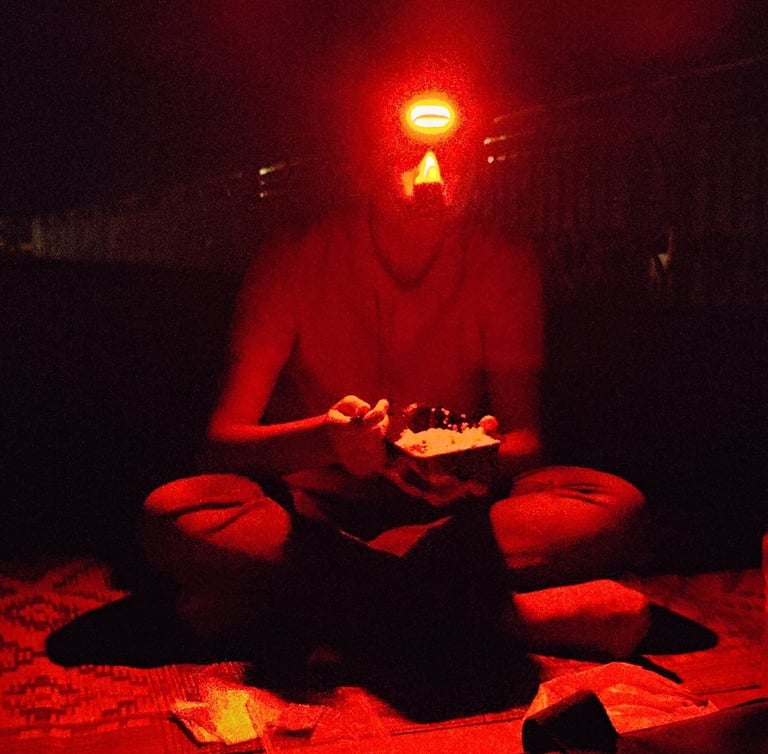

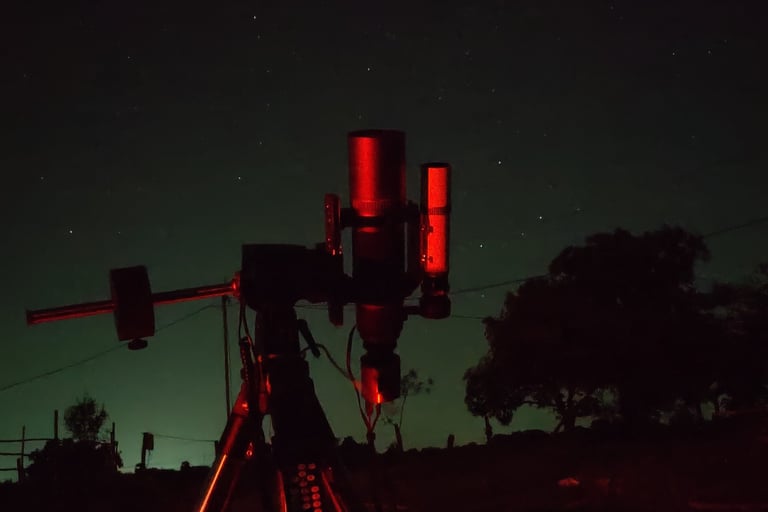

Dinner during a Star Party
Now, these night captures are just 50% of the work to get the best of images. Subs as we call it are the individual exposures that we capture of a celestial object. Depending on the object, its orientation, position in the sky and the environmental conditions, we decide on the spot on how many Subs and at what exposure would we need to capture to get best stacking results. The amount of data that we capture during these star party sessions runs into multiple GB's.
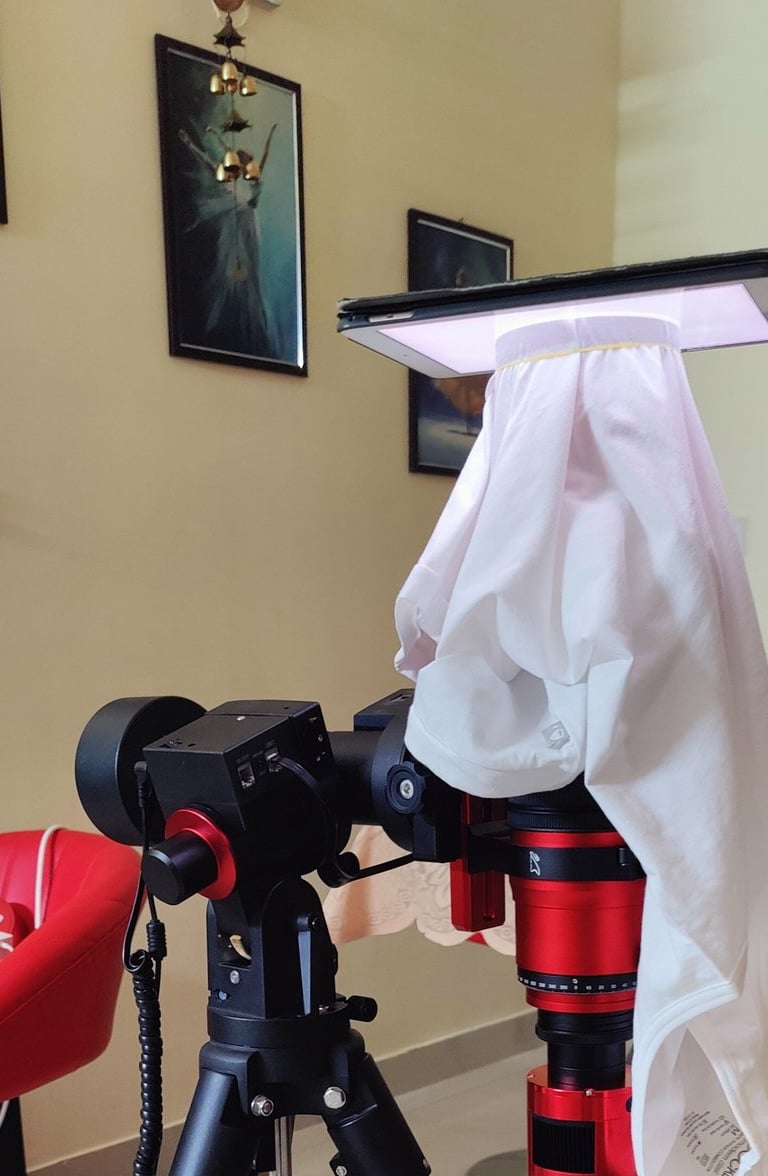

To isolate dust particle patch effects and other electronic and thermal noises on the captured subs (called 'lights') overnight, there are calibration frames that needs to be captured; these frames goes along during the stacking process, they are 'darks', 'bias' and 'flats'.
It takes a good few hours to process even a single celestial object post stacking and calibration. While its a time taking process overall, the results makes me very happy; worth every minute spend.


Capturing Bias frames at home
Stacking and Processing
xSpace.Space - Yash Xavier's Digital Space
Explore my Journey
My Personal Pursuits
© 2025. All rights reserved.
Showcase of Endeavour
Projects & Achievements
